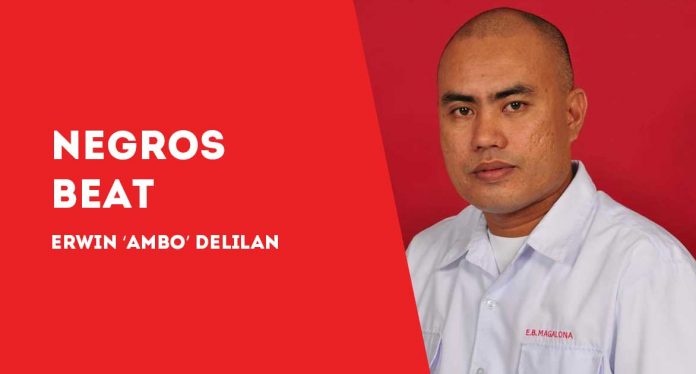
THE DEBATE on whether genetically modified organisms (GMOs) should be allowed in Negros Occidental remains heated.
At present, 82 organizations have openly opposed the provincial government’s plan to permit the entry of GMOs into the province.
These groups make up the newly formed GMO-Free Negros Coalition (GFNC), which insists on retaining Provincial Ordinance No. 07-2007 — the landmark measure that, for the past 18 years, has upheld Negros Occidental as the “Organic Farming Capital” of the Philippines.
However, Capitol officials, through Provincial Administrator Rayfrando Diaz II, have stressed the need to consider other viable alternatives to sustainably support billion-peso industries outside of the sugar sector — such as livestock, swine, poultry, and broilers.
Feedmills for feedstock production, Diaz emphasized, are essential for Negros Occidental.
‘Banging the Drum’
Pro-organic farmers, civil society groups, church leaders, the academe, youth, women, and NGOs are now “banging the drum” .They fear irreversible environmental damage and adverse impacts on human health once GMOs gain entry into the province.
Their concerns are not baseless; these claims are backed by scientific studies and research that cannot simply be brushed aside. In short, they stand on solid ground as they fight for what they believe is just and proper for the welfare of Negrenses.
Sugar Planters Speak Up
The latest addition to the anti-GMO crusade is significant: two major groups representing more than 600 sugar planters in the province have joined the coalition. These planters belong to the First Farmers Holding Corporation (FFHC) and the First Farmers Planters Association (FFPA).
In a joint statement released on September 30, Rafael Lizares Jr. and Nicolas Ledesma Jr., presidents of FFHC and FFPA respectively, declared:
“We stand firmly against the introduction of living GMOs in Negros Occidental. As planters and producers in the sugar industry — the backbone of Negros’ economy and the livelihood of thousands of Negrenses — we recognize that living GMOs threaten the very foundation of our fields, our markets, and our communities.”
‘Heart of the Economy’
For sugar planters, sugarcane is more than just an agricultural product; it is the heart of the local economy and culture.
The P18-billion sugar industry sustains thousands of jobs, keeps local economies alive, and provides stability for families across the province.
With more than 188,999 hectares of Negros Occidental land devoted to sugarcane plantations, sugar remains the province’s top income earner.
The planters warn: “Any risk of contamination, excessive use of herbicides and pesticides, evolution of pest resistance, and negative effects on non-target organisms from GMO crops endangers the soil, biodiversity, and productivity—factors vital for sustaining sugar production in the long term.”
Rare but Clear
The sugar planters’ protest against GMOs should serve as a warning to the capitol. It is a “thunderclap” for the provincial leadership. This places Gov. Bong Lacson under pressure, especially since he and his family are themselves sugar producers.
The same goes for members of the Sangguniang Panlalawigan, many of whom are also planters.
It is rare for sugar elites to openly oppose an issue. But when they do, their words carry weight and clarity.
The question now: Is Gov. Lacson ready to clash head-on with his fellow planters?
So far, Lacson has remained silent, leaving Diaz — often dubbed the “little governor” — to do most of the talking.
Marañon Legacy
The intensifying GMO issue has also sparked speculation and intrigue. Some sectors express concern that the legacy of the Marañon brothers — former governors Joseph and Freddie — who envisioned and established Negros Occidental as the “Organic Farming Capital of the Philippines” could be in danger of being erased.
For 18 years, this vision has borne fruit, widely embraced by Negrenses. Now, they are worried that the anti-GMO legacy of the Marañons could be overturned.
‘Under the Shadow’
The current protest movement is no ordinary coalition. It includes bishops, priests, lawyers, professors, businessmen, scientists, researchers, farmers — and now, sugar planters.
On September 30, they formally filed their opposition before the Sangguniang Panlalawigan.
Lacson is left with limited options: he must break his silence and take a stand. He now faces an immense challenge that could reshape the province’s future — impacting agriculture, business, public health, and even Negros’ food heritage.
Lacson must speak out. Diaz should hold his peace. Negrenses — especially the broad coalition of protesters — do not need Diaz’s opinion on this matter. They need the governor’s.
Otherwise, what begins as thunder may soon be followed by lightning that could strike capitol beyond repair./PN







